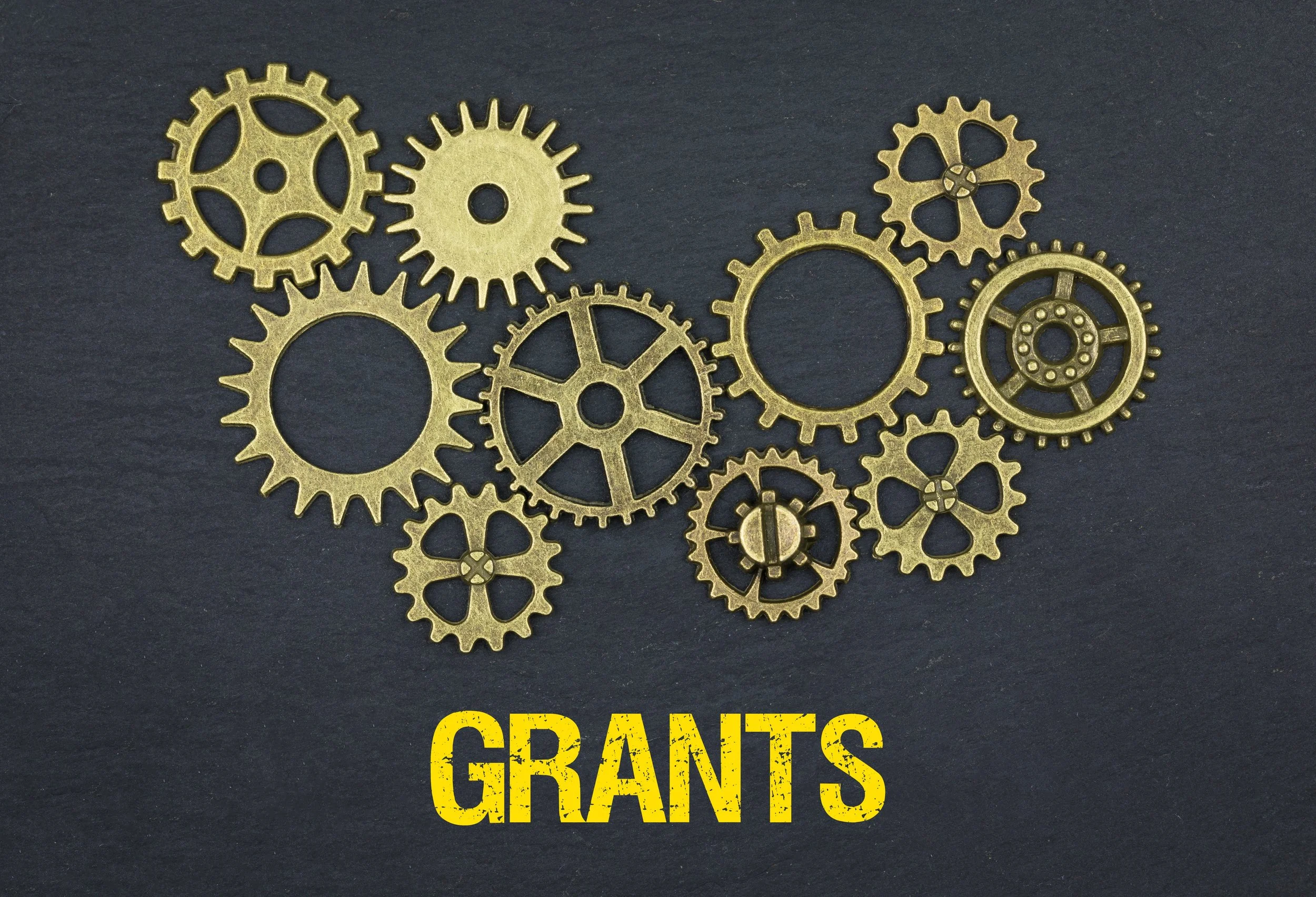What You Need to Know Before Setting Up a Federal Grant Program Part I
In fiscal 2019, the federal government made more than 435,000 grant awards, totalling an estimated $766 billion. Grants are a big deal and can be complex to implement and administer. If you work in the federal grants space, you might be familiar with the Uniform Guidance for financial assistance codified at 2 CFR 200. This guidance is important and there are many resources available to help you apply it. That said, effective grants management really starts with a good grasp of the basic building blocks, which are:
Knowing your authorities
Knowing your objectives and expectations
Understanding these key components helps you construct and manage an effective grant program because:
Grant programs are under constant pressure to make awards quickly. A basic understanding of the legal underpinnings of your program makes up-front planning faster and easier.
Your program’s legal basis helps you clarify grant program, stakeholder, and agency objectives, which provide the boundaries that shape early discussions.
Setting and communicating your program’s objectives and expectations is crucial to program success. If your internal team doesn’t have a grasp of what’s expected and when, the program will encounter obstacles. Similarly, clear objectives and expectations effectively communicated to the applicant community result in well-organized, high-quality applications.
Understanding the role of your team, including where they can help and where they can’t, helps determine whether additional resources are needed to make the program work.
Knowing the grants lifecycle helps you set a realistic timeline and plan for approvals and interactions with other internal parties like your finance office.
Know your Authorities
A federal grant program (often referred to as “financial assistance”) needs three types of legal authority:
Financial assistance (grants) authority: usually provided in the statute that created or governs your agency. This authority is usually delegated from the agency head to divisions, directorates, bureaus, sub-agencies. You can often find it in management directives.
Program authority: statutory language authorizing a program or activity. Often found in authorizing statutes but sometimes, Congress places this kind of language in appropriations statutes.
Appropriations authority: statutory language in appropriations legislation that provides funding for the program.
There are also differences between formula grant programs and “discretionary” programs? A formula grant doesn’t require state and local governments to compete against for formula grant funds. Each grant is based on a specific formula established by law. “Discretionary” programs, on the other hand, either explicitly or implicitly provide agencies the authority to select recipients based on merit or eligibility.
Principal Purpose Test
You also need to decide which “legal instrument” -- procurement contract, grant agreement, or cooperative agreement -- is the best option to execute your program’s mission. The go-to resource on this is 31 USC 6301 et seq. (formerly known as the Federal Grant and Cooperative Agreement Act).noda.
Know Your Objectives and Expectations
Successful awards share the following characteristics:
Strong, clear, and measurable objectives
Knowing how much funding is available and the specific objective of the funding
Being acutely aware the program’s primary beneficiary and stakeholders
With so many expectations to meet during the grants management life cycle, you will have to have clear expectations from the start until the end. Clear expectations help by:
Enhancing and encouraging open and consistent communication among staff, stakeholders, applicants and awardees.
Establishing a baseline of measurement for program and awardee performance during the program.
Empowering federal to act and take responsibility because they have documented operating guidelines and structure.
Creating a reference point when expectations and deadlines are not met.
Providing a way to hold staff and awardees accountable.
In “What You Need to Know Before Setting Up a Federal Grant Program Part II,” we will detail two additional building blocks for establishing an effective grants management program: knowing who’s on your team and knowing your timeline and process.
Corner Alliance can help Manage Grant Programs from Planning to Closeout
Developing, executing and monitoring grant programs can be complex and frustrating at times. But being very clear about your program’s authority, objectives and expectations, your team’s strengths, weaknesses and availability, and the process itself provides a solid foundation for success.
Corner Alliance aims to empower our clients to reach new heights and achieve their goals. By understanding a program’s current state, we help our clients establish clear objectives and a customized approach to measure impact. To address what can often be a complicated process to complete funding packages, Corner Alliance follows the most current and up-to-date detailed processes, procedures, and requirements to guarantee these packages are submitted correctly and on time. We leverage our extensive experience in the rigorous day-to-day management that a grant program requires, ensuring that our clients can have the utmost confidence that their programs will succeed. Corner Alliance promises to always have our clients back and to present creative solutions to address their most challenging needs.
Our guiding principles for grants management are:
Accurate understanding of recipient’s current state.
Clear objectives and a way to measure impact.
Complete funding packages with detailed processes, procedures, and requirements.
Rigorous day-to-day management and oversight.
Learn More About Our Guiding Principles of Grants Management
Authors
Joan Keiser, Consultant to the USDA, has a mission to leave the world a better place than she found it. That mission has been the thread that flows throughout her careers as an advocate for rural America, a federal civil servant and now at Corner Alliance. Joan is a native Pennsylvanian and a proud alumna of the University of Pittsburgh.
Roxanna (Roxy) Barboza, MPA, formerly a consultant to the USDA, has cultivated a passion for mission-driven work through her personal connection with broadband access. A California native, her dedication to serving others led her to a career with Corner Alliance after earning her Master’s in Public Administration from the University of Southern California.









